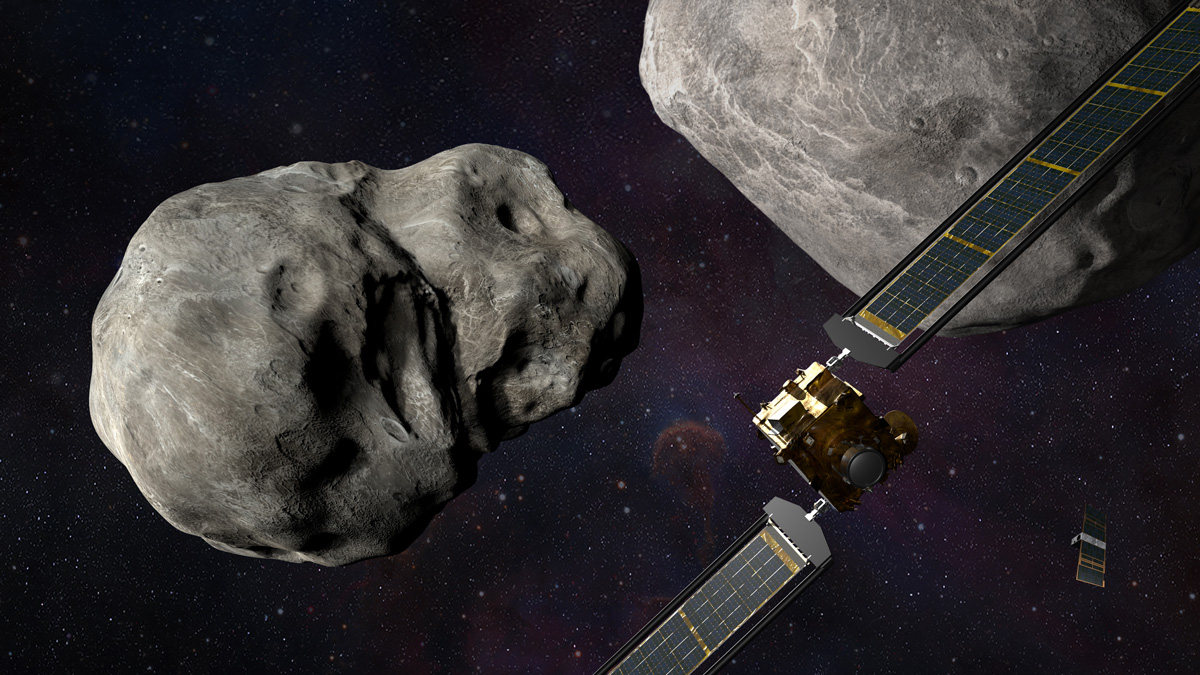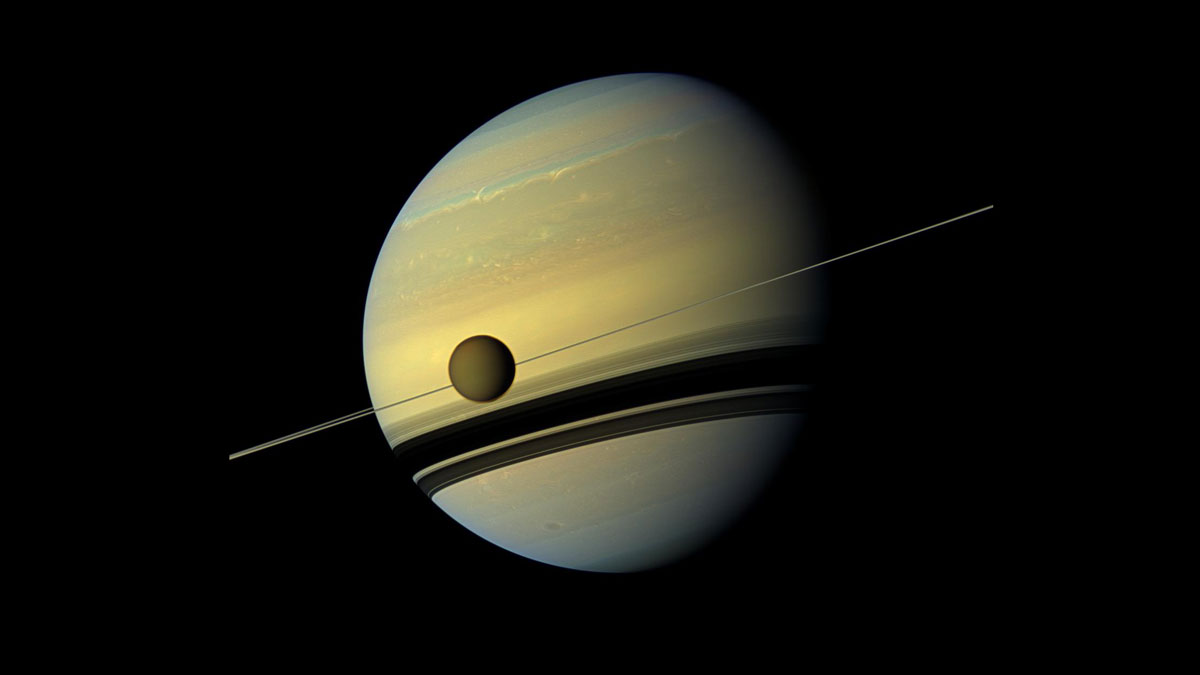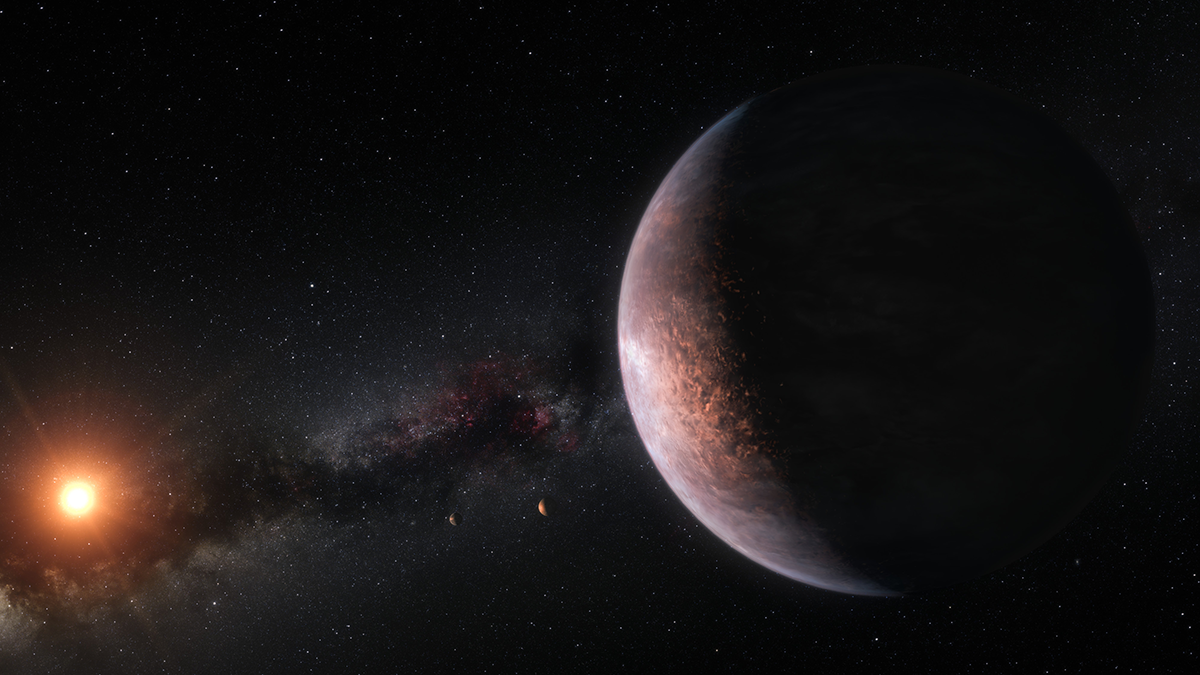The mission, focused on the Didymos-Dimorphos binary asteroid system, proved that an asteroid’s orbit can be altered by kinetic impactor technology.
orbits & rotations
Earth’s Orbit Is About to Get More Crowded
The military is launching a fleet of small, interconnected satellites to collect data, track missiles, and aim weapons.
Long-Gone Moon Could Explain Birth of Saturn’s Rings
Named Chrysalis, the moon could have disintegrated during a close encounter with the gas giant roughly 100 million years ago.
Massive Stars May Commit Grand Theft Planet
New simulations show that planets around young, massive stars may have been captured or stolen rather than homegrown.
Shake, Rattle, and Probe
Helioseismology allows scientists to study the interior of the Sun, solve some basic physics mysteries, and forecast space weather.
Precession Helped Drive Glacial Cycles in the Pleistocene
By studying bits of rock scooped up by ancient glaciers, researchers have pinned down that recent glacial variability was driven, in part, by changes in the direction of Earth’s axis of rotation.
Dynamics of Ocean Worlds Likely Controlled by Their Rotation
New simulations suggest that subsurface oceans on icy moons with small natural Rossby numbers may be dominated by rotational effects.
Tidally Locked and Loaded with Questions
Tidally locked planets always present the same face to their host stars. What does this mean for their potential to support life?
Peculiar Planets Prefer Perpendicular Paths
Some exoplanets orbit their stars from pole to pole instead of across the equator. Why do they do that?










